The Cloud Forward 2015 Conference (cf2015.holacloud.eu), hosted by the Scuola Normale Superiore in Pisa from 6 to 8 October 2015, brought together experts from industry and academia to consider the future of cloud computing. Organised under the auspices of EGI (European Grid Infrastructure) MISE (Ministero Italiano dello Sviluppo Economico), Regione Toscana, CNR (Consiglio Nazionale delle Ricerche), APRE (Agency for the Promotion of European Research), Municipality of Pisa, Fondazione Sistema Toscana (FST), and University of Pisa, in the framework of the HOLA Cloud project (www.holacloud.eu), the event aimed to review experiences and discuss future directions to overcome problems and provide new opportunities for the utilisation of leading edge cloud computing by industry and academia and for ICT developers providing innovative solutions.
Cloud Forward 2015 took place in friendship with Internet Festival.
The conference provided the scientific community a dedicated forum for discussing innovative architectures and services in the area of distributed computing (through the Distributed and CLOUD computing track), as well as new technologies beyond CLOUDs, requirements and future goals (through the COMPLETE computing track). It focused both on research and development efforts in the domain of CLOUDs and in future scenarios and technologies that exploit CLOUD computing as a utility, such as Internet of Things.
Authors were invited to submit abstracts for poster and paper presentations related to the topics of interest of the Cloud Forward 2015 Conference: From Distributed to Complete Computing.
Topics of Interest
Topics of interest included but were not limited to:
Track “Distributed and CLOUD computing”
- Modelling approaches and programming models
- Model-based service engineering
- Performance prediction and analysis
- Data mobility and interoperability
- Choreography and orchestration of services
- Service management techniques
- Big data management and analytics
- Placement and scheduling approaches
- Energy-efficient design and management
- High availability in virtualized environments
- Quality assurance and optimization
- Data privacy and protection
Track “Towards COMPLETE computing”
- Experiences of utilising products from CLOUD computing research efforts
- Problems encountered in utilising CLOUD computing
- Requirements of ICT systems beyond CLOUD computing
- Innovative solutions beyond CLOUD computing
Track “Open source in CLOUD and COMPLETE computing”
- Architecture and design of open source software
- Open source software in cloud-based applications
- Interoperability and portability of open source software
- Scalability and performance of open source software
- Metrics for open source software
- Open source software quality, testing, verification and coding conventions
- Open source practices and methods
Best Paper Awards
A “Best Paper Award” was conferred to the author(s) of a paper presented at the conference, selected by the International Program Committee based on the best combined marks of paper reviewing and the paper presentation quality.
A “Best Joint Paper Award” was conferred to the author(s) of a paper presented at the conference that focuses on evaluation / comparison / integration / interoperability of research approaches developed in the framework of different projects / efforts.
Programme Committee
The International Science Committee is chaired by Keith Jeffery. See the full list of members here.
CF2015 website: http://cf2015.holacloud.eu
HOLA CLOUD Website: www.holacloud.eu
Twitter: @HolaCloud #cloudforward2015
VIEW THE POST PUBLISHED BY THE EUROPEAN COMMISSION TO ANNOUNCE THE EVENT. CLICK HERE.


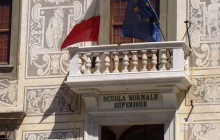
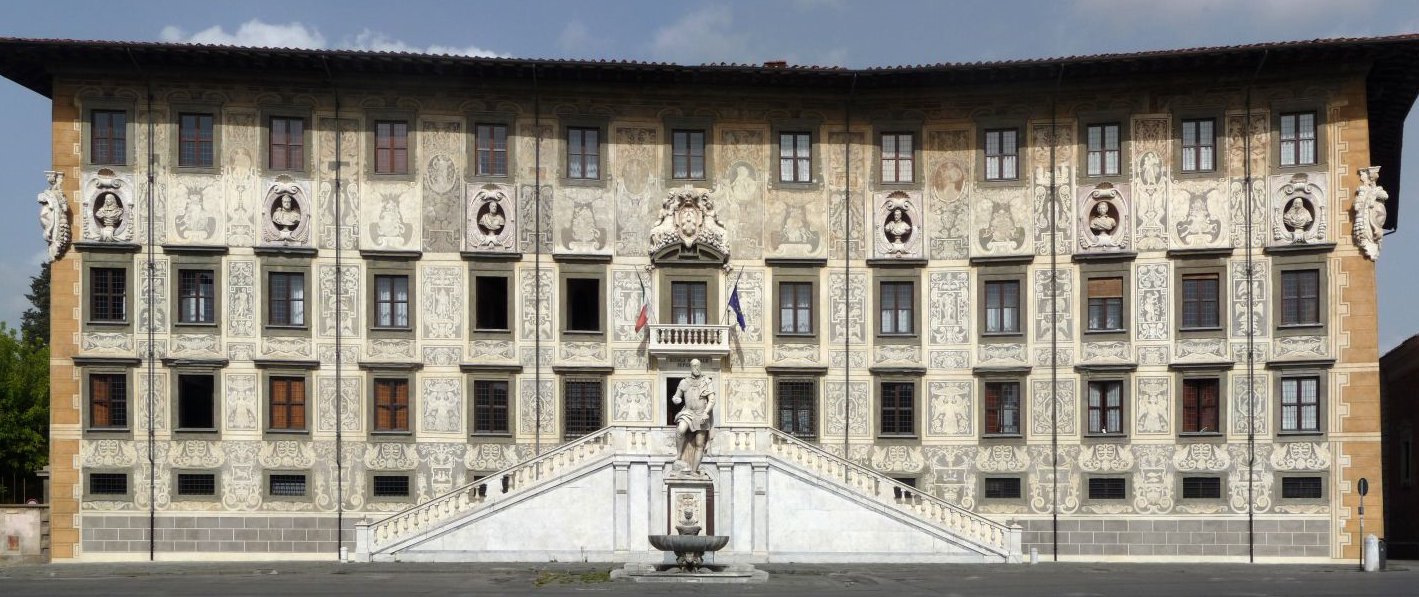
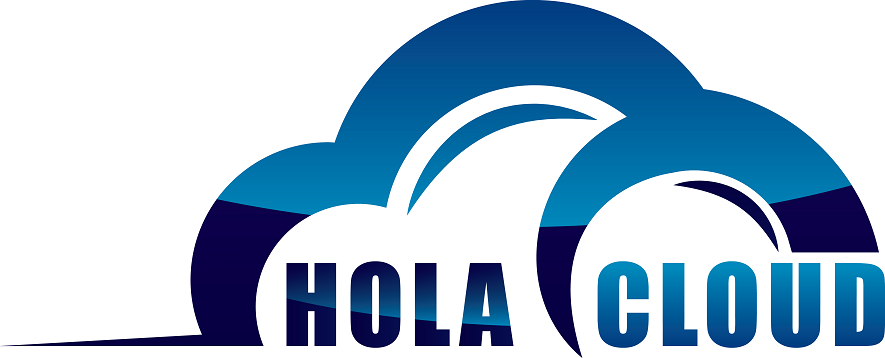
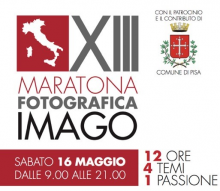
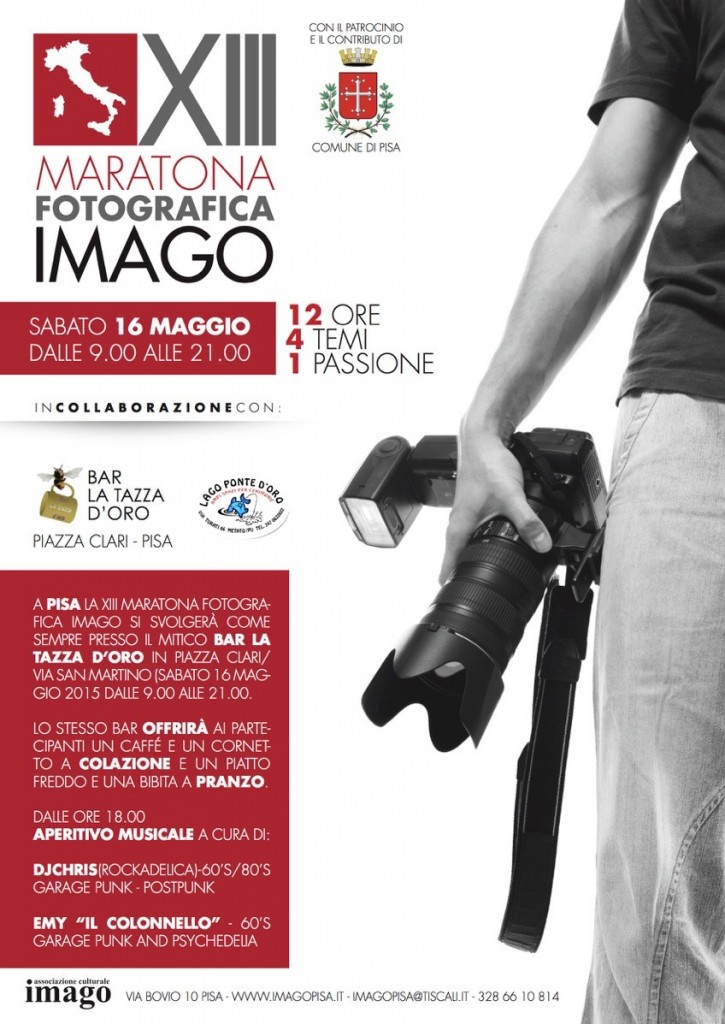
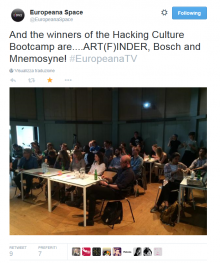
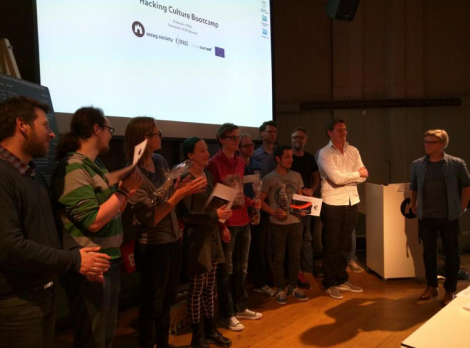
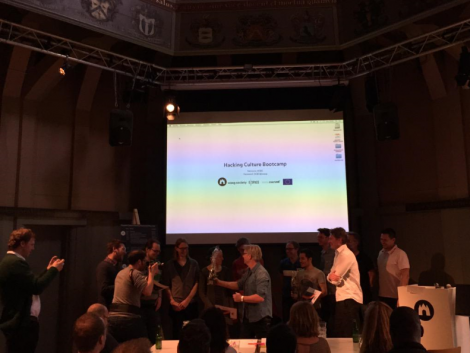
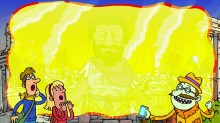
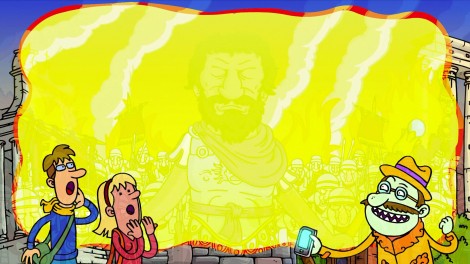
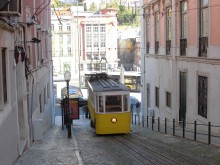
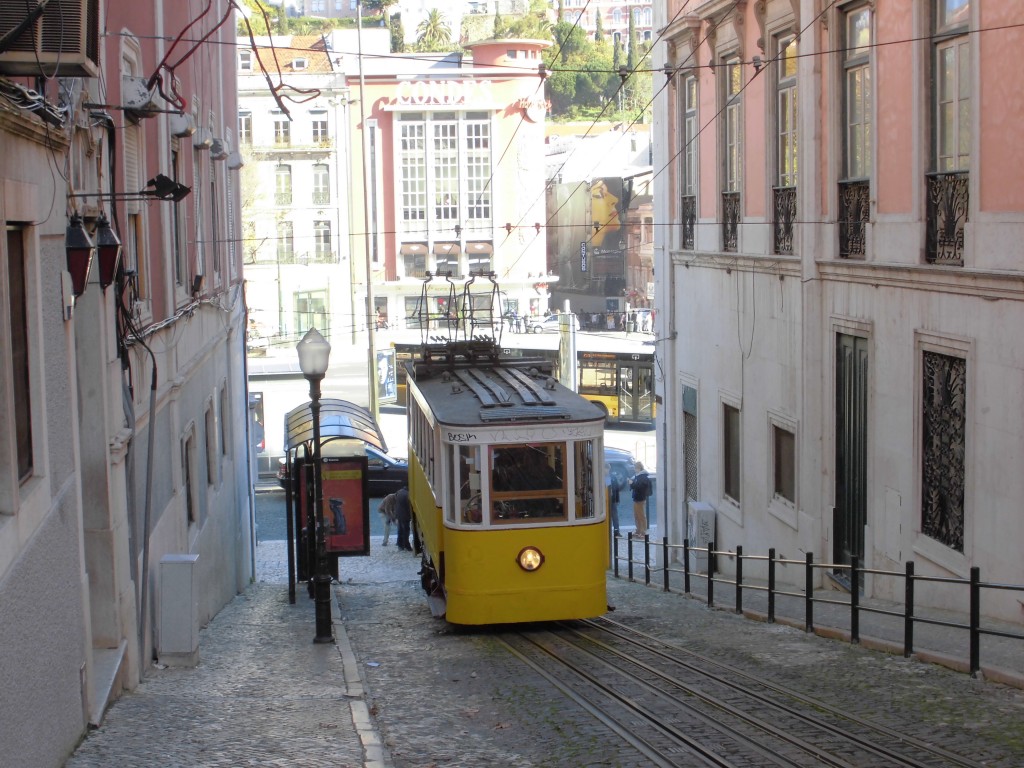
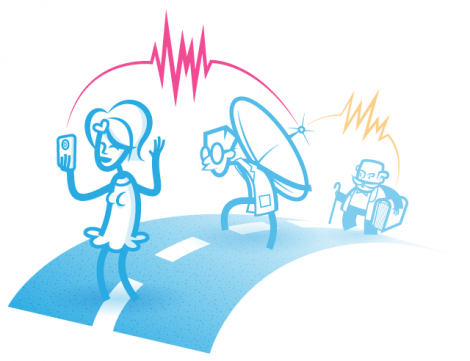 Read the article published by
Read the article published by 

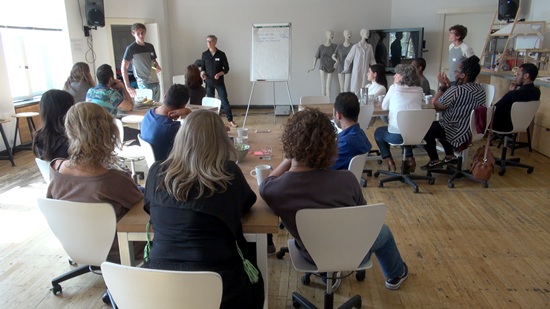
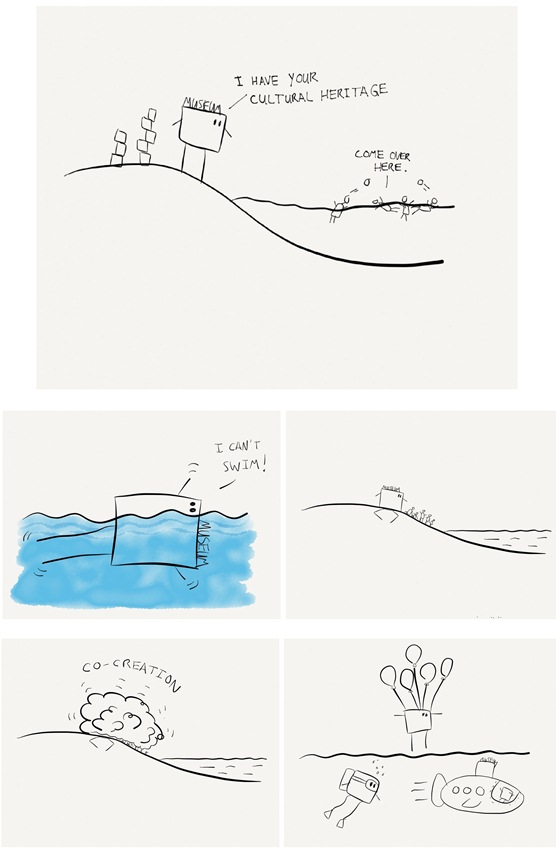
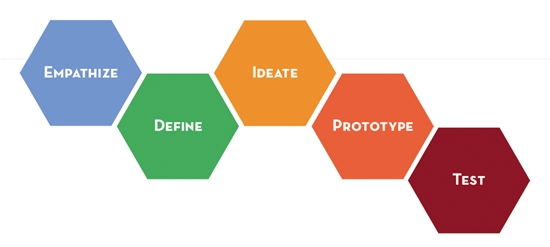
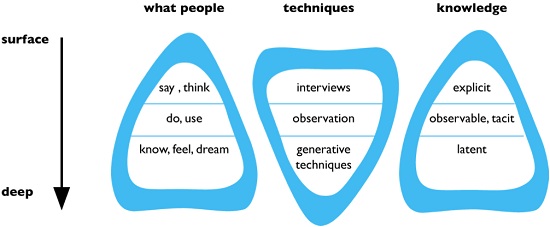

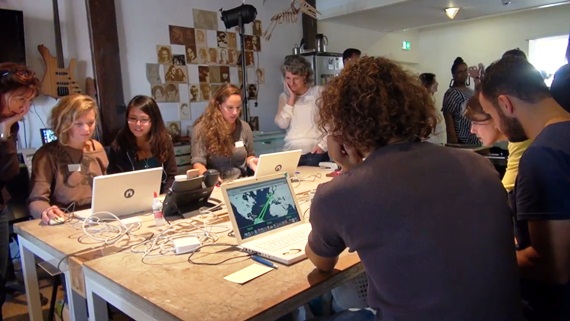
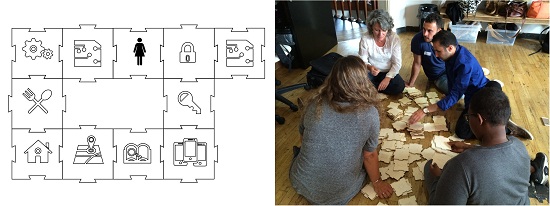
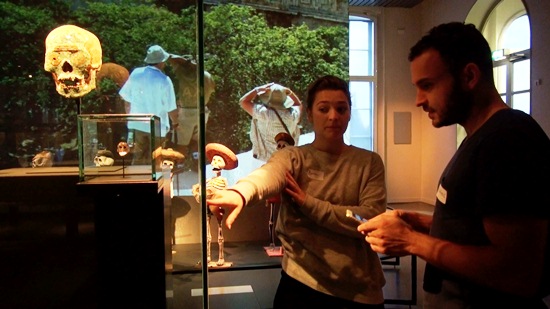
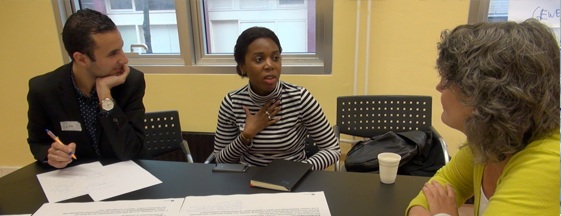
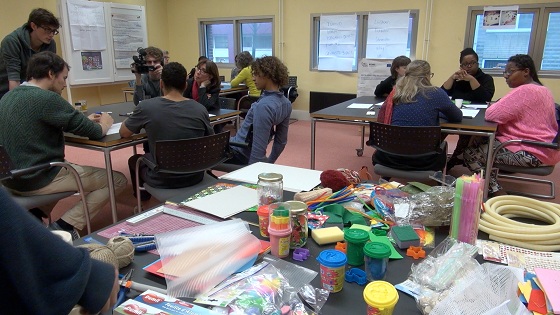
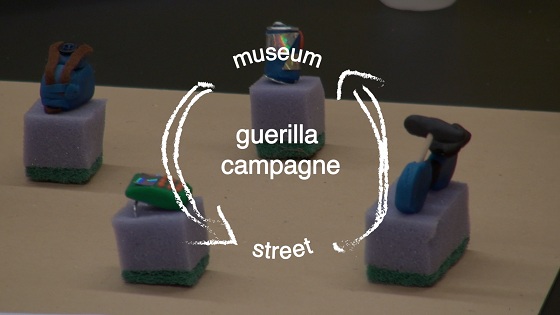
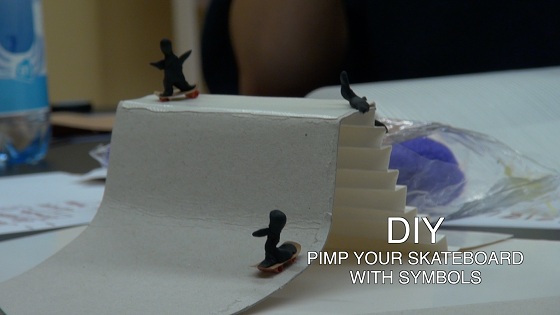
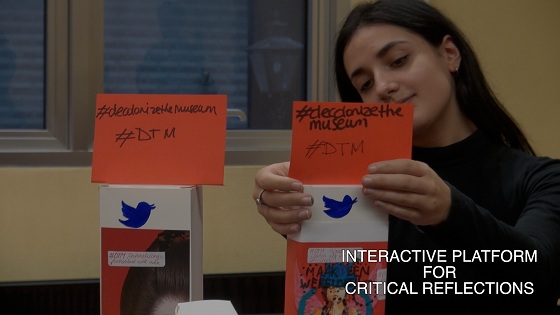
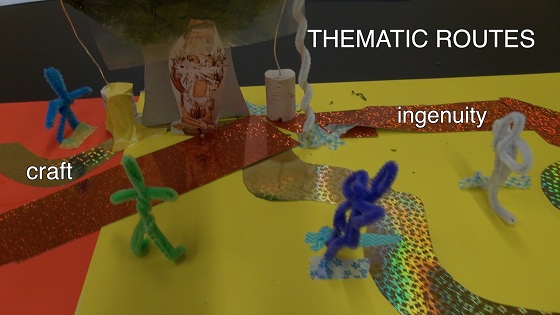
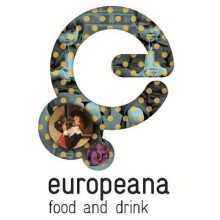

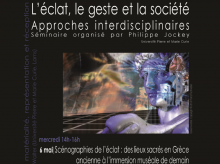
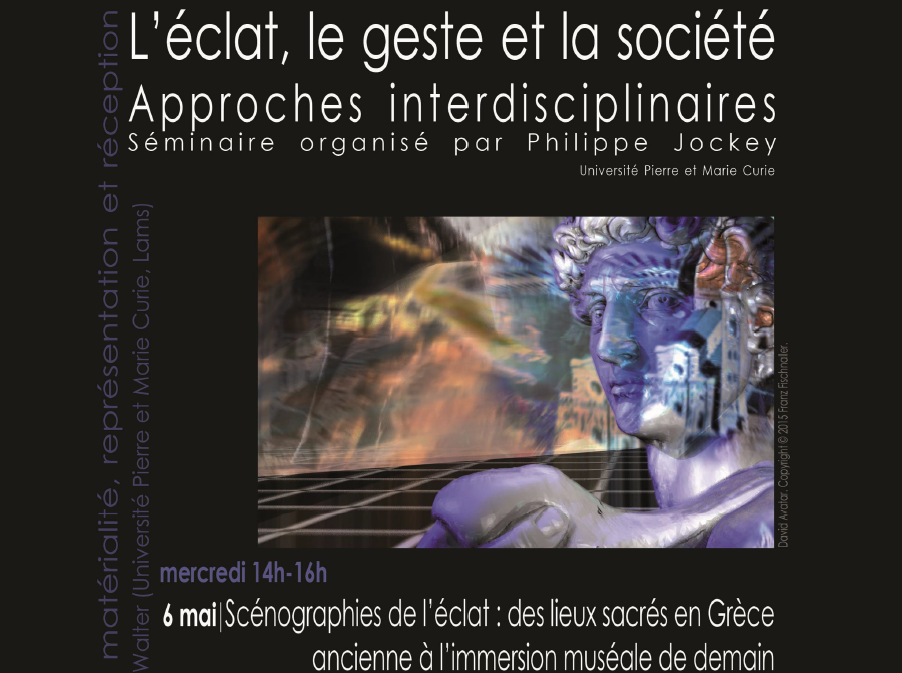
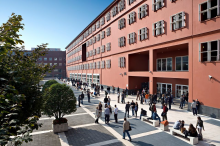
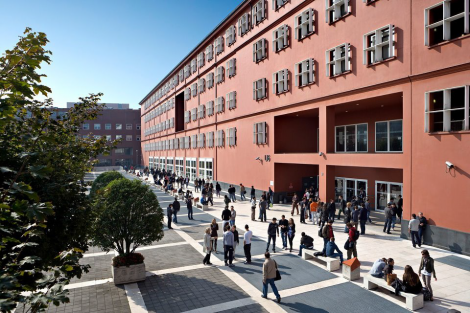

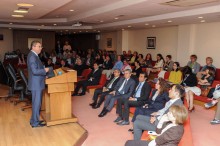
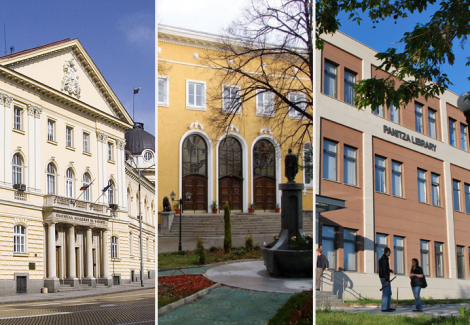


















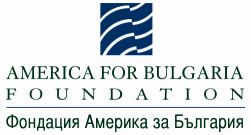
 If you have interesting news and events to point out in the field of digital cultural heritage, we are waiting for your contribution.
If you have interesting news and events to point out in the field of digital cultural heritage, we are waiting for your contribution.







































